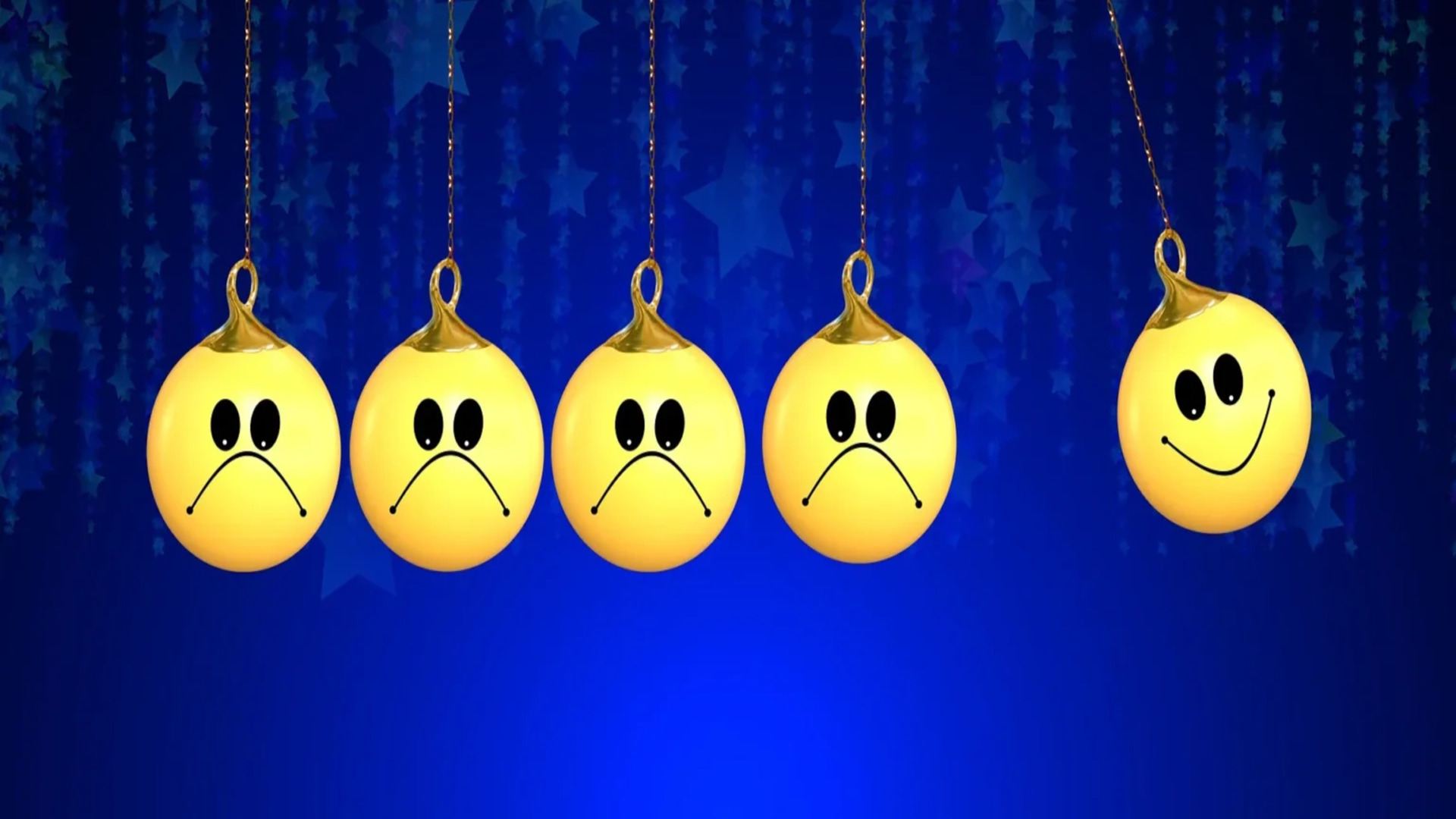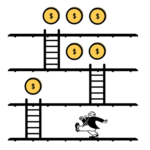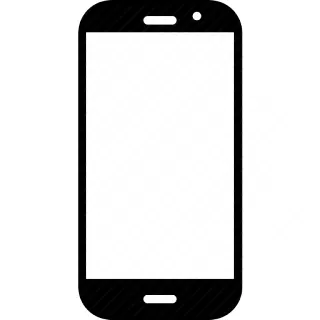Emotional Design

“Engineers and designers simultaneously know too much and too little. They know too much about the technology and too little about how other people live their lives and do their activities.”
- Donald A. Norman, Emotional Design: Why We Love (or Hate) Everyday Things
Don Norman, the father of User experience (UX) design, had highlighted the importance of emotions - mental states brought on by neurophysiological changes associated with thoughts, feelings, behavioral responses, and a degree of pleasure or displeasure - in design, right from the early days.
The significance of “Emotional Design” has only grown with the times. The UX designers are under ever-growing pressure to create favorable experiences and positive emotions for the users. Such favorable experiences and positive emotions influence the users to carry out the required actions with optimal amounts of time and effort.
UX designers are required to understand the various emotions that are triggered while users interact with the system in the context of the users’ needs. The ability to understand the emotions, which are the outcomes of experience gathered by the usage of the system, can determine the success/failure of the system. Positive user experience can be formed by designs which induce positive emotions by interacting with users on three cognitive levels - visceral, behavioral and reflective.
Emotional Design enhances User Interface and User Experience
UX researchers study emotional design to generate a positive user experience in human interface interaction, whereas UI designers take help of this approach to craft aesthetically appealing interfaces in order to catch users' attention. The emotions generated while interacting with a system creates perception of the system, accordingly, in users’ minds.
There is a virtuous cycle which improves overall UX. It starts with interaction between the user and the system. While interacting with the system, the user goes on a user journey through the system, where s/he collects positive as well as negative experiences. These experiences of users allow them to respond in terms of certain emotions which result in building perceptions about the system. Based on the perception, the user again interacts with the system and gain a better experience as s/he is already aware of the functionality and usability aspect of the system. This cycle goes on and after a few rounds of interactions between the user and the system, enough feedback points are gathered to refine the UX.
Crafting an Emotional Design
Don Norman talks about three levels of emotional design in his book “Emotional Design: Why We Love (or Hate) Everyday Things”, which are quite critical in designing successful interfaces. Let’s examine them.
Level 1 - Visceral Design
Visceral design encapsulates creating visual aesthetics, textures or stimuli which engage the senses to feed the information when users come across a system. It attracts attention and robust responses from users. Good visceral design is the primary step towards creating a positive user experience.
Level 2 - Behavioral Design
Behavioral design pertains to appreciating how well a system can be used by understanding its functionality and usability aspects. Users form perceptions about the system performance and connects her/himself with the system in a positive or negative manner, based on usability. Behavioral design entails study of user behavior and psychology aspects, to understand the user needs and construct a user friendly design.
Level 3 - Reflective Design
Reflective design is the third and final level of emotional design, which pertains to the users’ ability to understand the system holistically by looking at it from various angles. At this stage, the user forms an emotional connect with the system and tries to analyze the value addition of the system in her/his life. A good reflective design prompts decision making by users and ensures long term interaction between user and the design.
Conclusion
The emotional design approach results in designs which are effective, aesthetic and memorable. It details out various aspects of design and makes it simple and unique to connect with, engage and create exciting and delightful emotions in users.
Recent Posts

Gamification of User Interface
Gamification of User Interface “A game is a problem-solving activity, approached with a playful attitude.” - Jesse Schell Gamification is the application of game elements in a non-gaming environment with the intent to motivate users and enhance users’ participation to achieve the desired goal. Gamification is achieved by taking the user experience, emotions…

User Experience through User Interface
User Experience through User Interface User experience design has been the buzz word in the design and communications circle in the recent years. It has also gained acceptance as a practice, nowadays, across a number of interfaces such as websites, E-commerce platforms, project management systems and portals. The corporates are realizing the potential…

Design Research
Design Research “Good design doesn't stem from intuition, talent, or luck (although I'll take a smidgen of each). It comes from research and understanding”.- Author: Anonymous Research is considered to be the foundation and one of the key steps in the design process. It consumes a significant amount of time to clarify the task…
CONTACT US
Follow Us



Recent Posts

Gamification of User Interface
Gamification of User Interface “A game is a problem-solving activity, approached with a playful attitude.” - Jesse Schell Gamification is the application of game elements in a non-gaming environment with the intent to motivate users and enhance users’ participation to achieve the desired goal. Gamification is achieved by taking the user experience, emotions…

User Experience through User Interface
User Experience through User Interface User experience design has been the buzz word in the design and communications circle in the recent years. It has also gained acceptance as a practice, nowadays, across a number of interfaces such as websites, E-commerce platforms, project management systems and portals. The corporates are realizing the potential…

Design Research
Design Research “Good design doesn't stem from intuition, talent, or luck (although I'll take a smidgen of each). It comes from research and understanding”.- Author: Anonymous Research is considered to be the foundation and one of the key steps in the design process. It consumes a significant amount of time to clarify the task…


